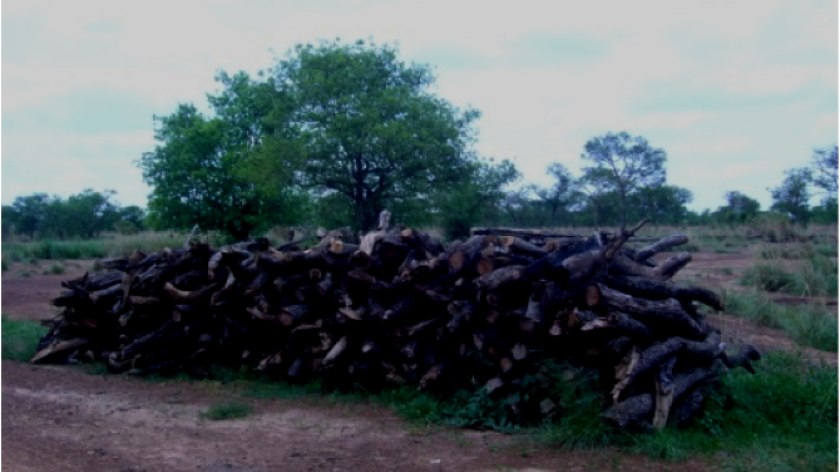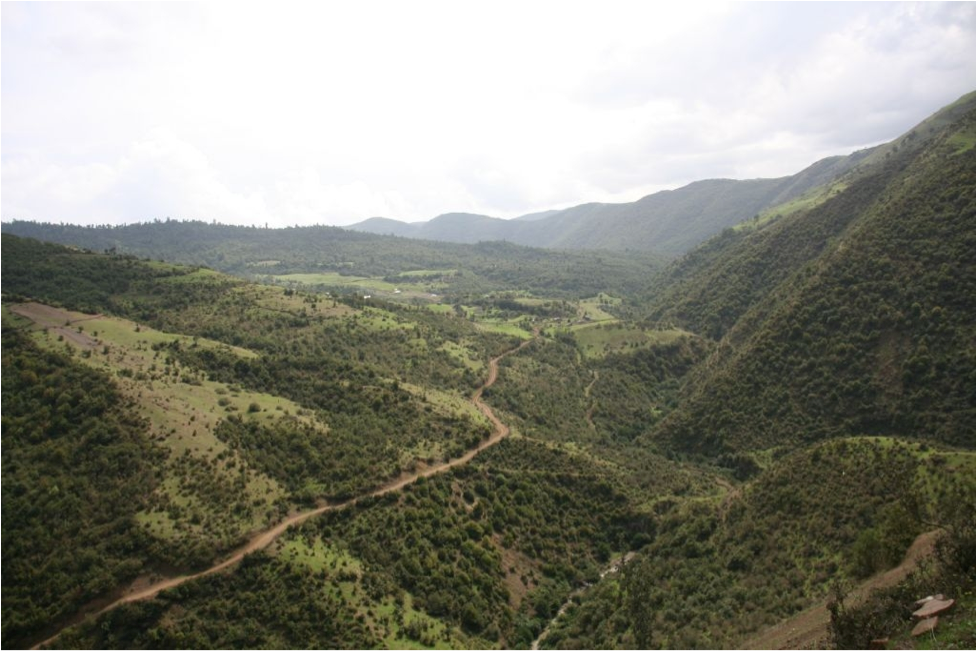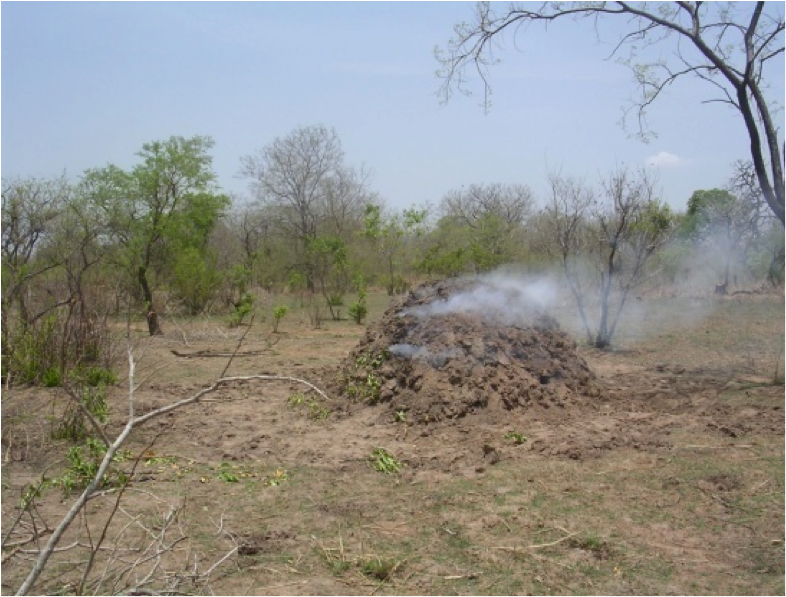
The Global Environment Facility has a strategy to invest up to $1 billion in the world’s forests in pursuit of multiple environmental and economic benefits from improved management of all types of forest to the strengthening of sustainable livelihoods for people who depend on forest resources.

The program known as SFM/REDD+ presents developing countries with plans for sustainable forest management through the reduction of emissions resulting from deforestation and forest degradation. Sustainable forest management is a dynamic concept aiming to maintain and enhance the economic, social, and environmental values of forests for the benefit of both present and future generations. The program recognizes that forests have a range of uses that help achieve multiple benefits for forest users while addressing forest biodiversity, maintaining livelihoods, climate change and consolidating forests’ role in countries’ development projects.
The name is a mouthful, and the job is a handful, with projects in lands as far afield as Azerbaijan and Togo. In fact, the projects in those two countries have passed an important milestone as the first projects which have accessed the GEF-5 SFM/REDD+ incentive funding: They have received CEO Endorsement and are ready to move into their implementation phase. These initial projects in the abovementioned countries highlight the adaptability of the Strategy and how it can be used in a variety of forest-types and situations. In Togo, the project mainly consist in addressing tropical dry forests, while the case of Azerbaijan has projects involving sub-tropical mountain forest landscapes- both working to secure safer and improved forest management at the landscape level.
In Azerbaijan the project “Sustainable Land and Forest Management in the Greater Caucasus Landscape” seeks to contribute to forest and pastureland restoration and improved management over 46,500 ha; which will directly avoid 256,666 t CO2 emissions and sequester 747,460 t CO2 over the project lifetime. This will potentially lead to sustainable management of 483,800 ha of forest and 591,100 ha of pastureland in Azerbaijan. This $11.4 million project, combining funding from the Land Degradation and Climate Change focal areas, is implemented through the United Nations Development Program (UNDP), and gained the endorsement of the GEF CEO Monique Barbut on February 14, 2012, less than one year after the project identification form, or PIF – a key preliminary step – was approved by Council.

“When we first discussed this idea with UNDP, there was a concern that it would hardly materialize, since it combined climate, land, and forests aspects under one heading, and it looked difficult,” said Emin Garabaghli, head of the International Department Ministry of Ecology and Natural Resources of Azerbaijan. “But it did materialize, and within a short-time frame! Much so, owing to the professionalism of GEF Secretariat and UNDP. We are fully committed to this project, and will do our best to demonstrate tangible climate and land management benefits in a few years.”
The project’s approach is to improve the enabling framework for sustainable land and forest management (SLM and SFM) and at the same time address grazing practices and pasture management at the field level in order to achieve global environmental benefits. It will introduce Payments for Ecosystem Services (PES) schemes as an innovative element to reduce over-grazing and restore critical ecosystem services generated by healthy summer pastures in upper catchments of the Girdiman River, Ismayilli Rayon.
GEF CEO Barbut approved the project in Togo just six months after the Council approved the Sahel and West Africa Program to Support the Great Green Wall Initiative[1]. The Togo project is financed by $4.6 million from the GEF STAR country allocations, $4.5 million from the Least Developed Country Fund, and $55 million from cofinancing sources, including $7.3 million from the Global Facility for Disaster Reduction and Recovery and $500,000 from the Terrafrica Trust Fund. The project aims to expand Sustainable Land and Forest Management in targeted landscapes in the areas of the country particularly vulnerable to climate change. Global environmental benefits across the GEF focal areas will increase biodiversity conservation through improved management of existing protected areas, increase carbon stocks (290,000 t CO2) as a result of better managed forest and avoided deforestation, improve soil conservation, and reduce land degradation through adoption of sustainable land management practices. The project has a strong adaptation component focused on agricultural production systems and development of an Early Warning System of environmental damage in the Maritime and Savanna regions. More than half of the resources are planned for activities on the ground for adaptation and Sustainable Land and Forest Management activities at community level, notably in forests located in protected areas and their surroundings.
With an additional 12 projects and three programs already approved by Council, additional SFM/REDD+ projects are expected to seek CEO endorsement in the near future – expanding the portfolio to Asia and Latin America.
As Mr. Kossivi Ayioke, Minister of Environment for Togo wrote to the GEF CEO to affirm his support to the approach, “We commend the WB and the GEF for this innovative, simple, and integrated project. It will be a way to achieve a greater impact in terms of disaster risk management, adaptation to climate change, sustainable management of the lands, forests and protected areas of Togo.”